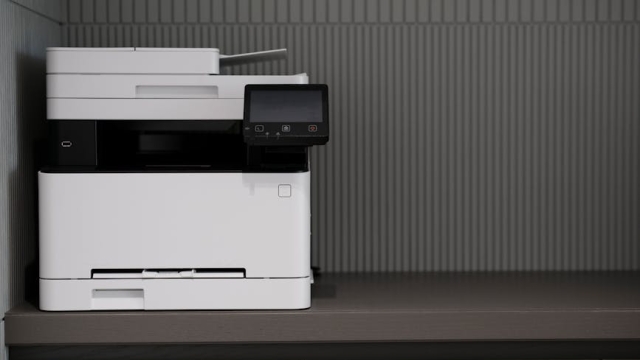Definition and Overview of Customer Loyalty Programs

In today’s competitive marketplace, businesses are constantly seeking ways to increase customer retention and foster long-term relationships with their clientele. One effective strategy for achieving this is through the implementation of customer loyalty programs. These programs are designed to reward repeat customers, encourage ongoing engagement, and ultimately enhance the overall customer experience. This article provides a comprehensive overview of customer loyalty programs, delving into how they work, the benefits they offer, and examples of successful implementations that can inspire businesses to create their own programs.
Definition and Overview of Customer Loyalty Programs
Customer loyalty programs are structured marketing strategies designed to encourage customers to continue shopping at or using the services of a business associated with the program. These programs typically offer rewards, discounts, or exclusive benefits to customers based on their purchasing behavior or engagement levels. By incentivizing customers to return, businesses not only improve customer retention but also cultivate a sense of belonging and appreciation among their clientele.
How Customer Loyalty Programs Work
The mechanics of customer loyalty programs can vary widely depending on the business model and target audience. Generally, these programs operate on a points-based system where customers earn points for purchases or specific actions, such as signing up for a newsletter or referring friends. Once customers accumulate enough points, they can redeem them for rewards, which may include discounts, free products, or exclusive access to events.
Another common approach is tiered loyalty programs, where customers can unlock different levels of benefits as they reach certain spending thresholds. This not only incentivizes increased spending but also enhances the customer experience by making them feel valued as they achieve higher status within the program. Additionally, some businesses incorporate personalized offers based on customer preferences and purchase history, further enhancing the appeal of their loyalty programs.
Benefits of Implementing Customer Loyalty Programs
Businesses that invest in customer loyalty programs can reap numerous benefits. One of the most significant advantages is increased customer retention. It is widely recognized that retaining existing customers is often more cost-effective than acquiring new ones. By rewarding loyalty, businesses can encourage customers to return more frequently, ultimately leading to higher sales and profitability.
Moreover, customer loyalty programs can enhance customer relationships. By engaging customers through personalized rewards and communication, businesses can foster a deeper connection with their clientele. This connection can lead to increased customer satisfaction, positive word-of-mouth referrals, and a stronger brand reputation.
Another key benefit is the ability to gather valuable customer data. By analyzing participation in loyalty programs, businesses can gain insights into purchasing behavior, preferences, and trends. This information can inform marketing strategies and product development, ensuring that businesses remain responsive to customer needs.
Examples of Successful Customer Loyalty Programs
Several businesses have successfully implemented customer loyalty programs that exemplify best practices in the industry. For instance, a well-known coffee chain has a rewards program that allows customers to earn stars for every purchase. Once customers accumulate a certain number of stars, they can redeem them for free drinks or food items. This program not only incentivizes repeat visits but also encourages customers to engage more frequently through app-based ordering and promotions.
Another notable example is a popular airline’s frequent flyer program, which offers points based on miles flown. Customers can redeem these points for free flights, upgrades, and other travel-related rewards. This program has been successful in fostering customer loyalty by providing tangible benefits that enhance the travel experience.
In the retail sector, a major supermarket chain utilizes a loyalty card system where customers earn points on their purchases. These points can be redeemed for discounts on future shopping trips or special promotions. This approach not only drives repeat visits but also encourages customers to spend more to maximize their rewards.
In conclusion, customer loyalty programs are a powerful tool for businesses looking to build lasting relationships with their customers. By understanding how these programs work, recognizing their benefits, and drawing inspiration from successful examples, businesses can create effective loyalty strategies that drive customer engagement and foster long-term loyalty.
For more information on how to develop and implement effective customer loyalty programs, visit Zywell.


